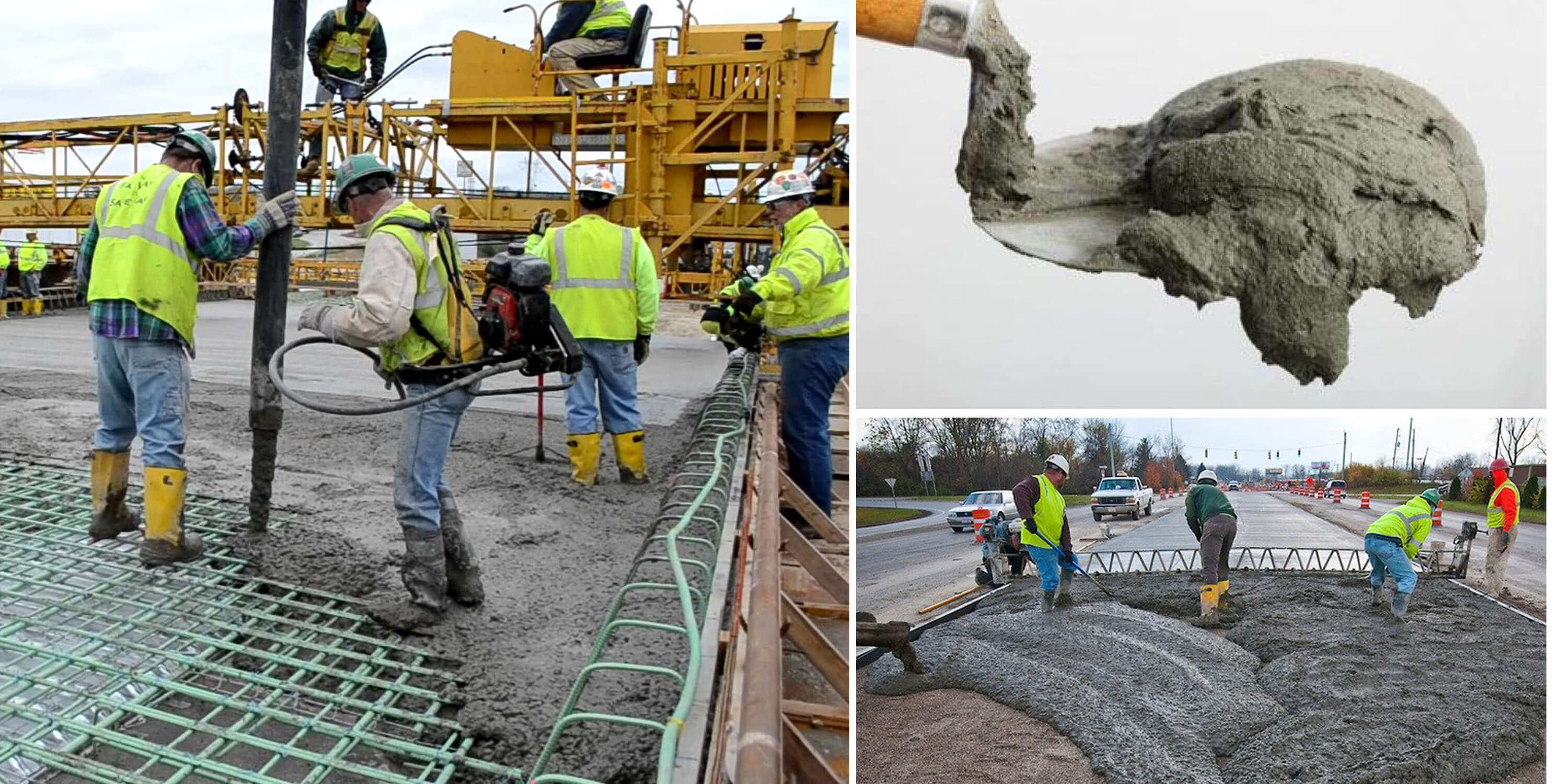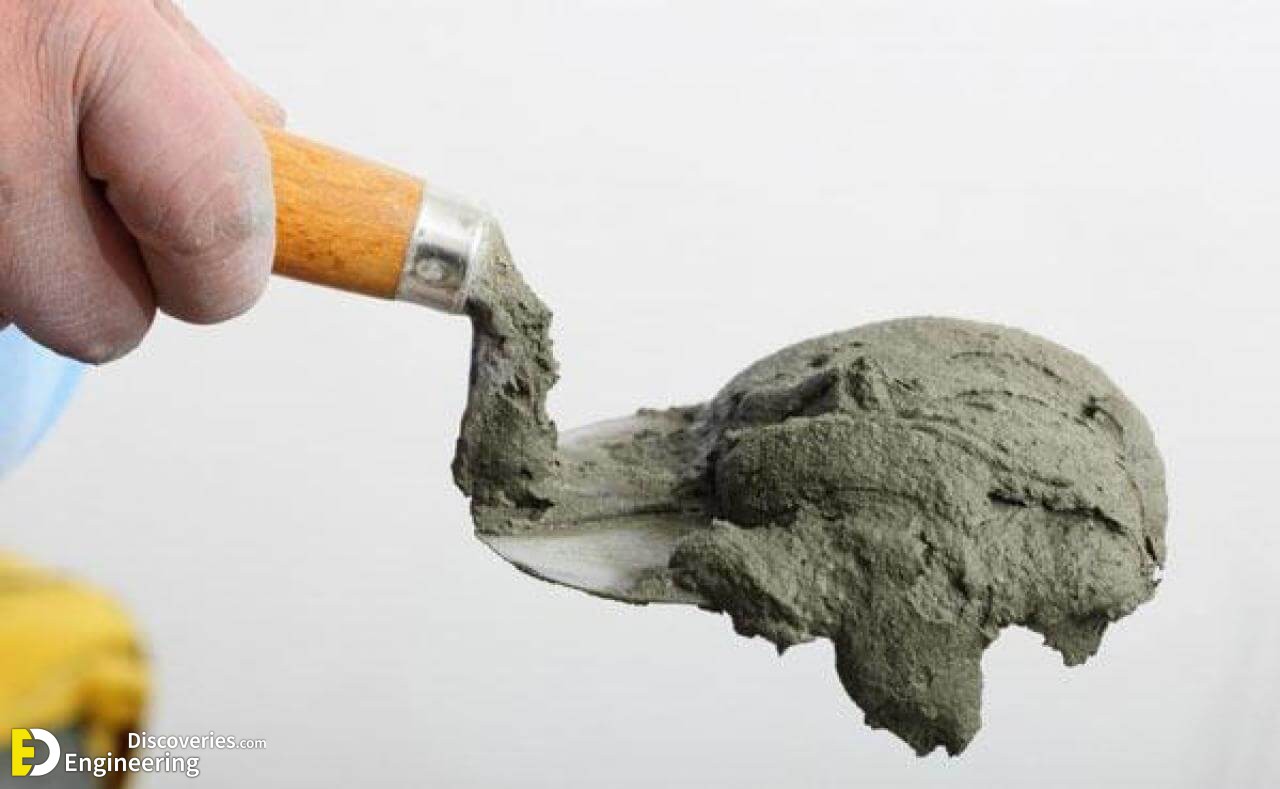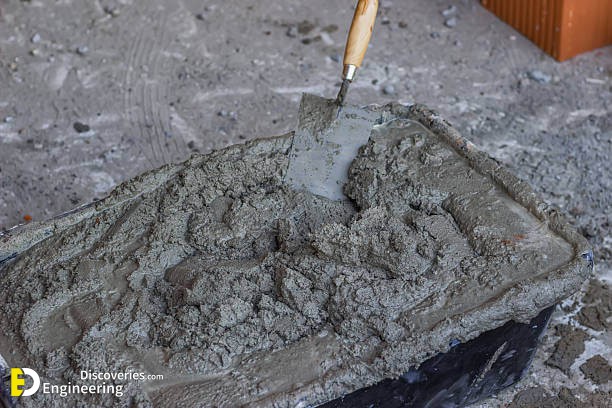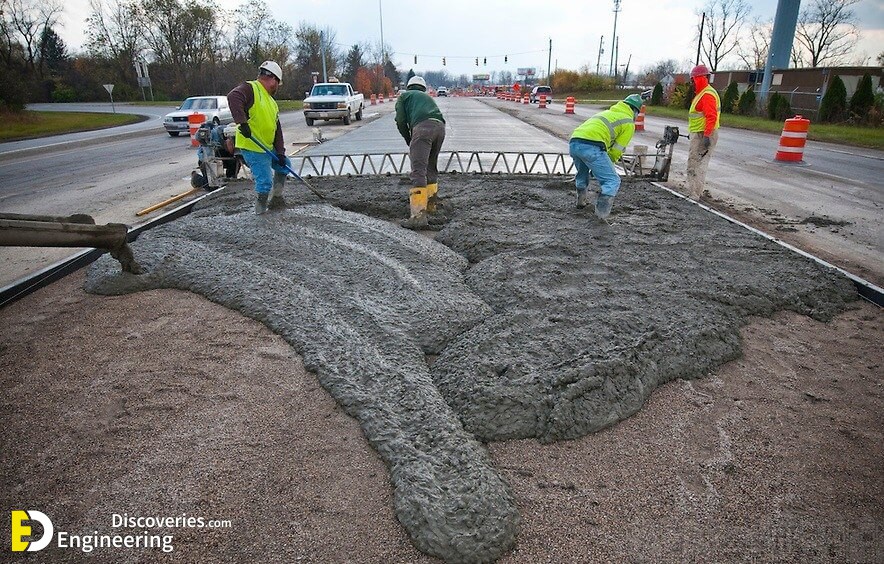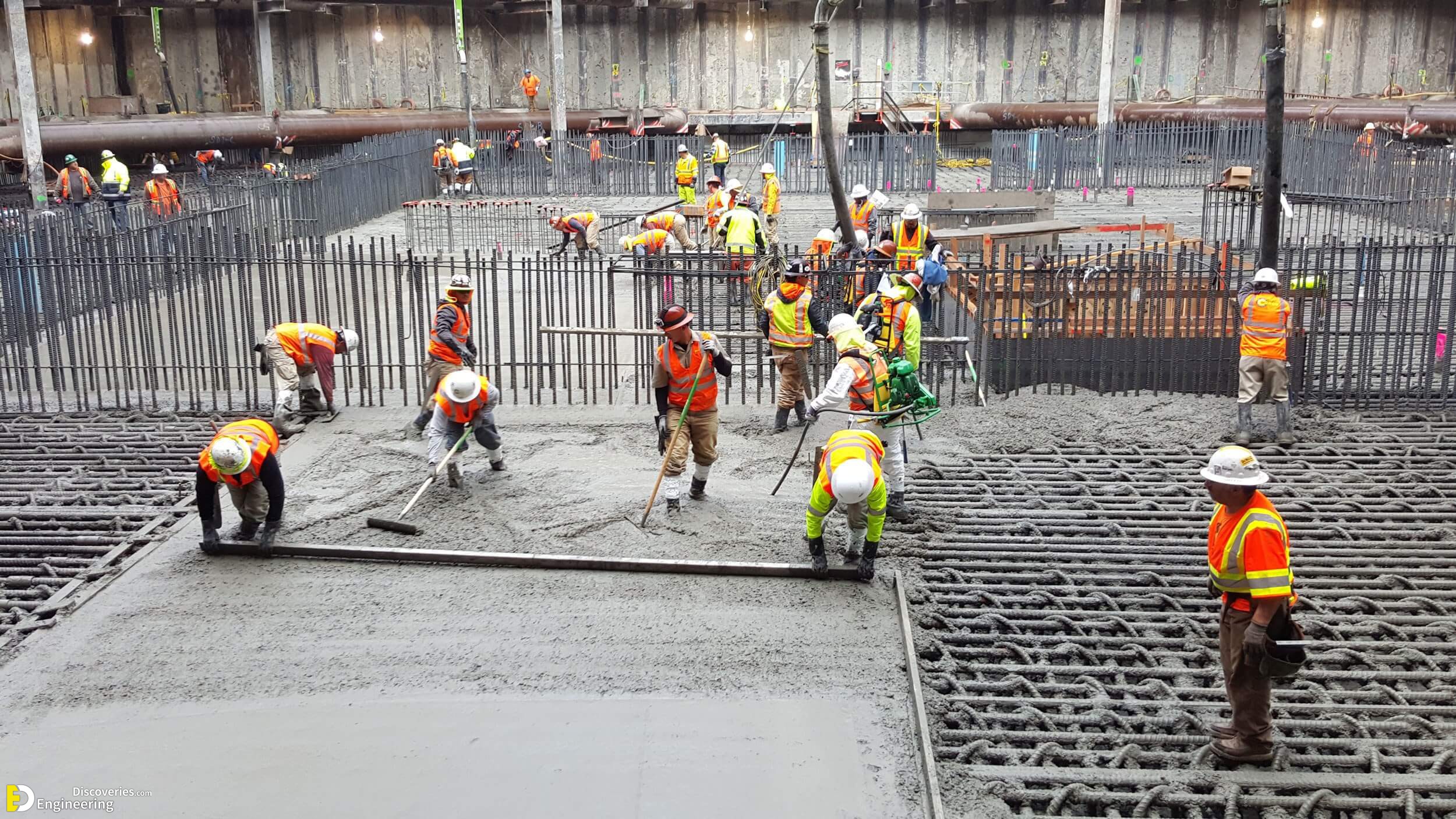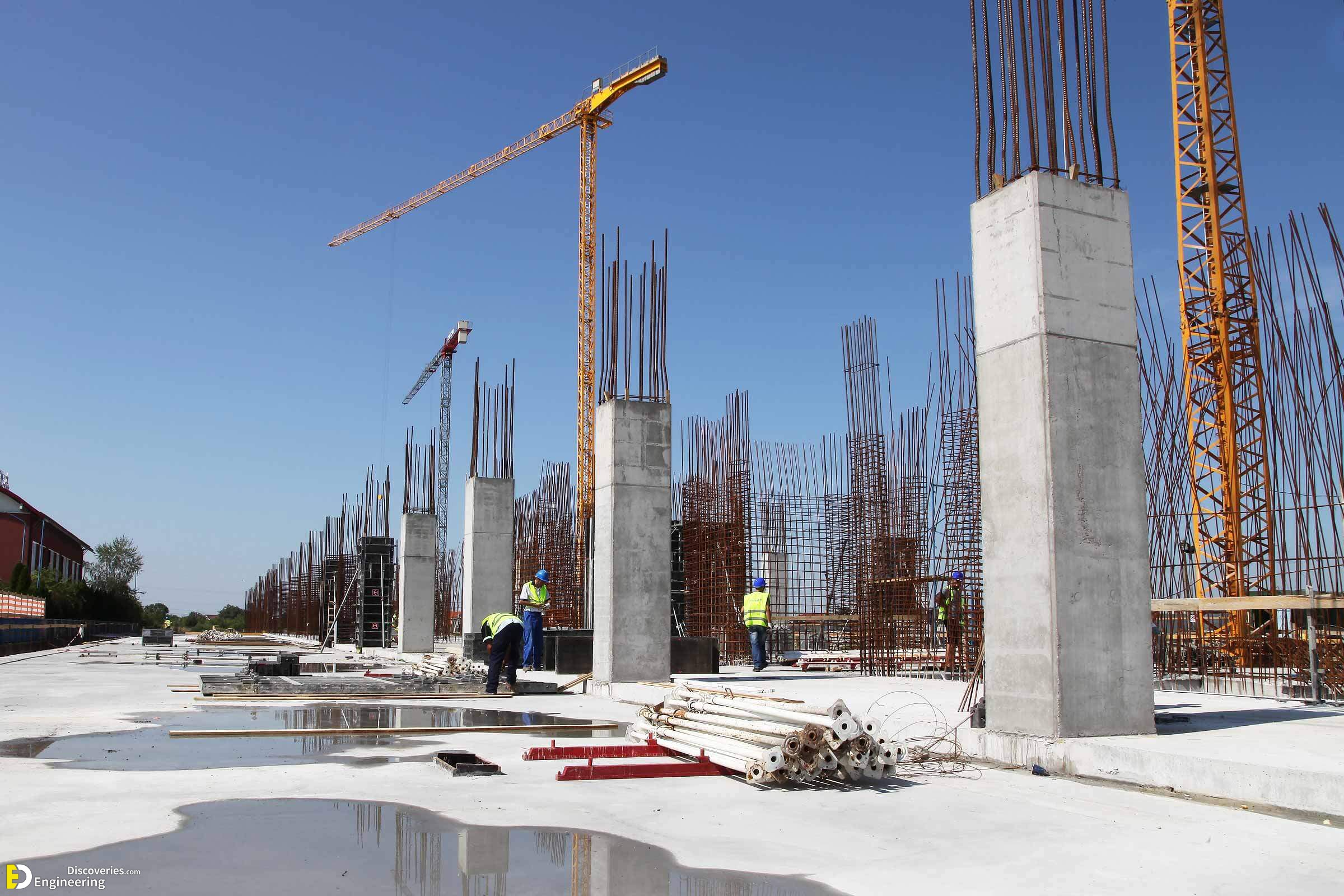1- Cement Mortar:
A paste obtained by adding water to a mixture of fine aggregates such as sand and binding material. Building mortars are mixtures, used for the joining of bricks and stones.
Functions of mortar:
1- It provides force or cohesion between the structural unit.
2- It acts as a medium for distributing the forces throughout the structure uniformly.
3- Additional strength and resistance against the rain penetration and other such weathering agencies.
4- In stone or brick masonry, it fills up empty joints, a thin liquid mortar used for such purposes is termed as Grout.
For Construction Purpose Different Types Of Mortar Are Used:
1- Cement Mortar.
2- Lime Mortar.
3- Surki Mortar.
4- Gauged Mortar.
5- Mud Mortar etc…
2- Plain Cement Concrete (PCC):
The mixture of cement, fine aggregate (sand) and coarse aggregate is called plain cement concrete (PCC).
PCC is mainly used for following purposes:
1- It is used as a protective layer for the RCC above so that water from the RCC is not absorbed by the earth below.
2- Provides a base for the concrete and also helps workers to set out the structure above in a easier way.
3- Act as a cover to reinforced cement concrete i.e. resist corrosion of steel bars in footings.
4- Moisture available in soil should not absorbed by R.C.C footings which causes corrosion of reinforcement.
3- Reinforced Cement Concrete (RCC):
Reinforced concrete, or RCC, is concrete that contains embedded steel bars, plates, or fibers that strengthen the material. The capability to carry loads by these materials is magnified, and because of this RCC is used extensively in all construction. In fact, it has become the most commonly utilized construction material.
Advantages of Reinforced Concrete:
1- Reinforced concrete has a high compressive strength compared to other building materials.
2- Due to the provided reinforcement, reinforced concrete can also withstand a good amount tensile stress.
3- Fire and weather resistance of reinforced concrete is fair.
4- The reinforced concrete building system is more durable than any other building system.
5- Reinforced concrete, as a fluid material, in the beginning, can be economically molded into a nearly limitless range of shapes.
6- The maintenance cost of reinforced concrete is very low.
7- In the structure like footings, dams, piers etc. reinforced concrete is the most economical construction material.
8- It acts like a rigid member with minimum deflection.
9- As reinforced concrete can be molded to any shape required, it is widely used in precast structural components. It yields rigid members with minimum apparent deflection.
10- Compared to the use of steel in structure, reinforced concrete requires less skilled labor for the erection of the structure.
Disadvantages of Reinforced Concrete:
1- The tensile strength of reinforced concrete is about one-tenth of its compressive strength.
2- The main steps of using reinforced concrete are mixing, casting, and curing. All of this affect the final strength.
3- The cost of the forms used for casting is relatively higher.
4- For multi-storied building the RCC column section for is larger than steel section as the compressive strength is lower in the case of .
5- Shrinkage causes crack development and strength loss.

